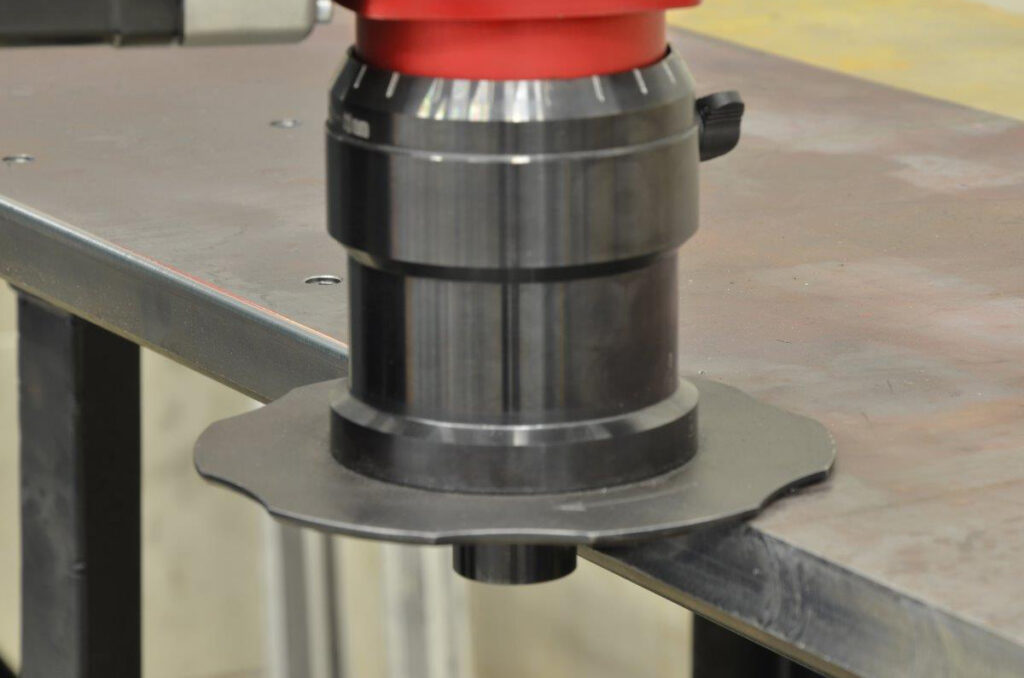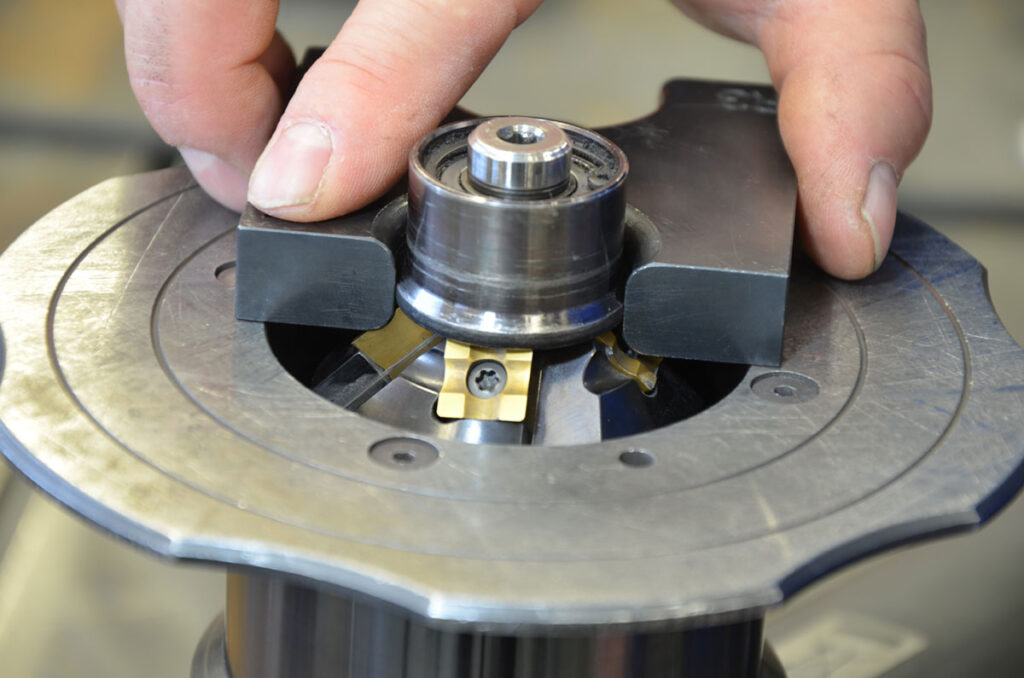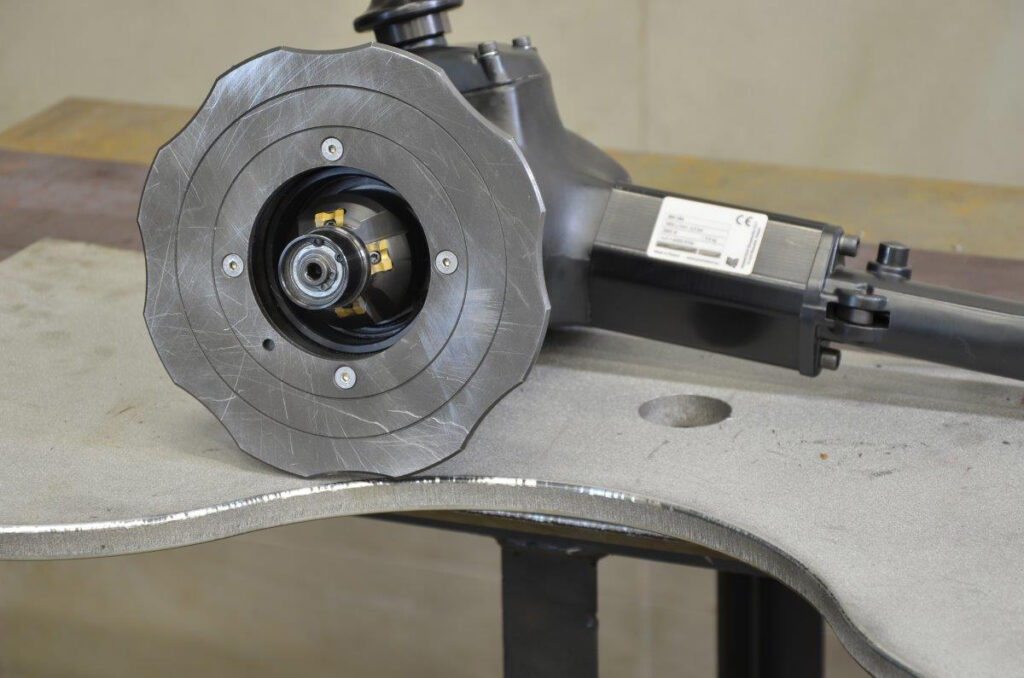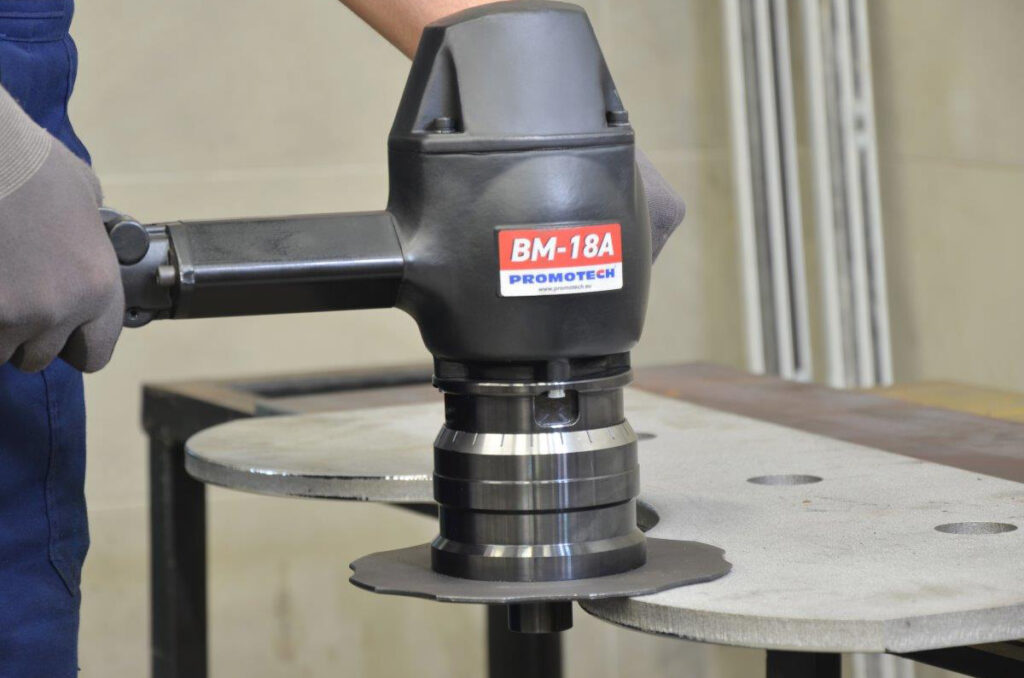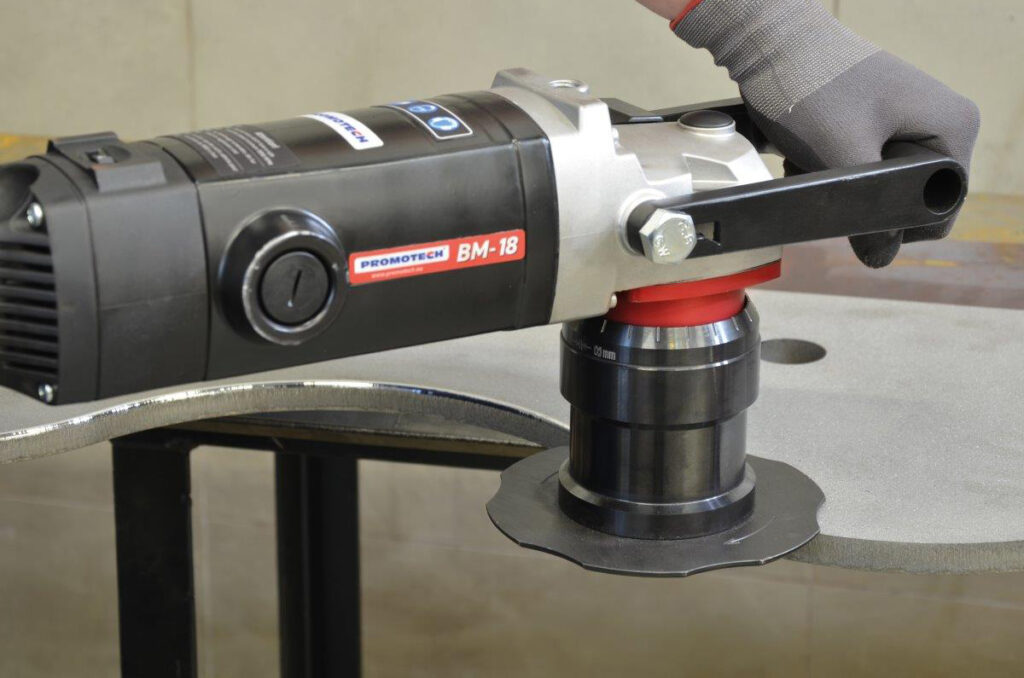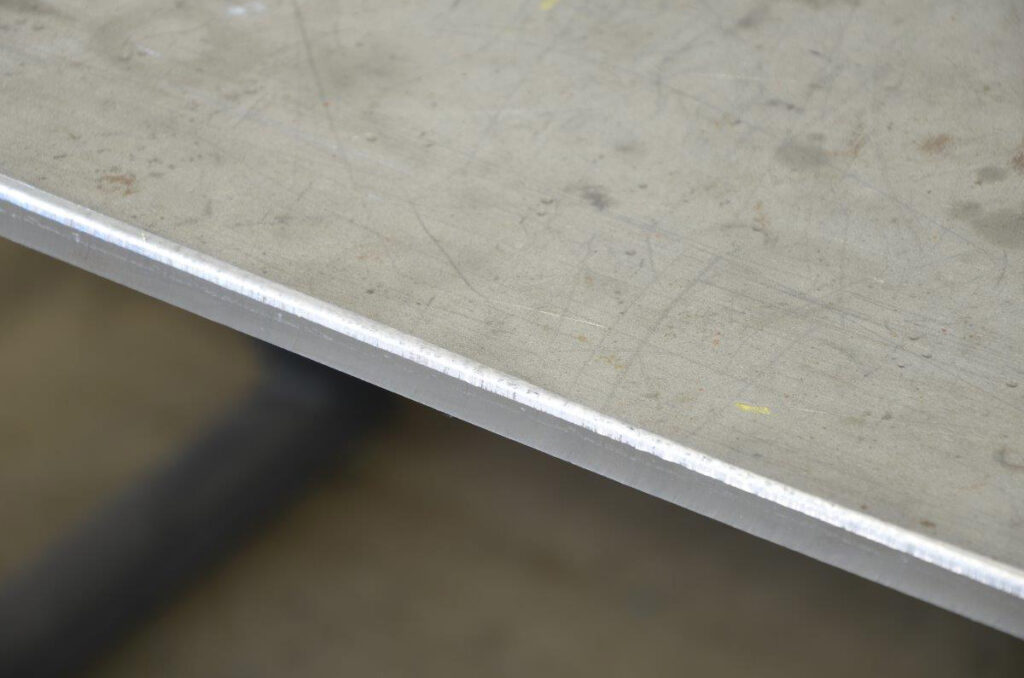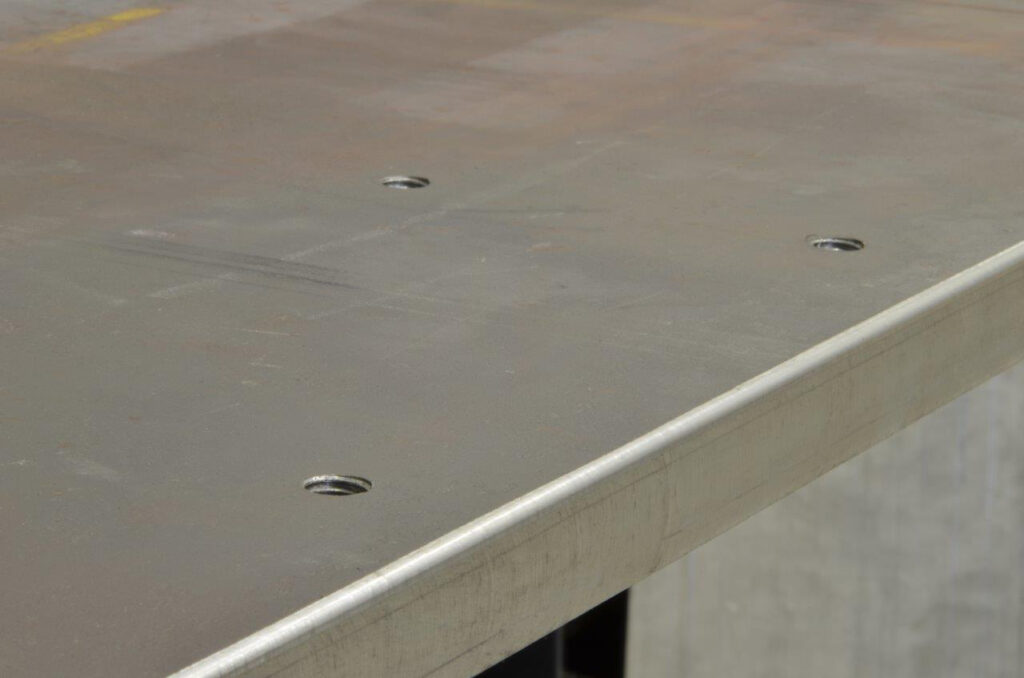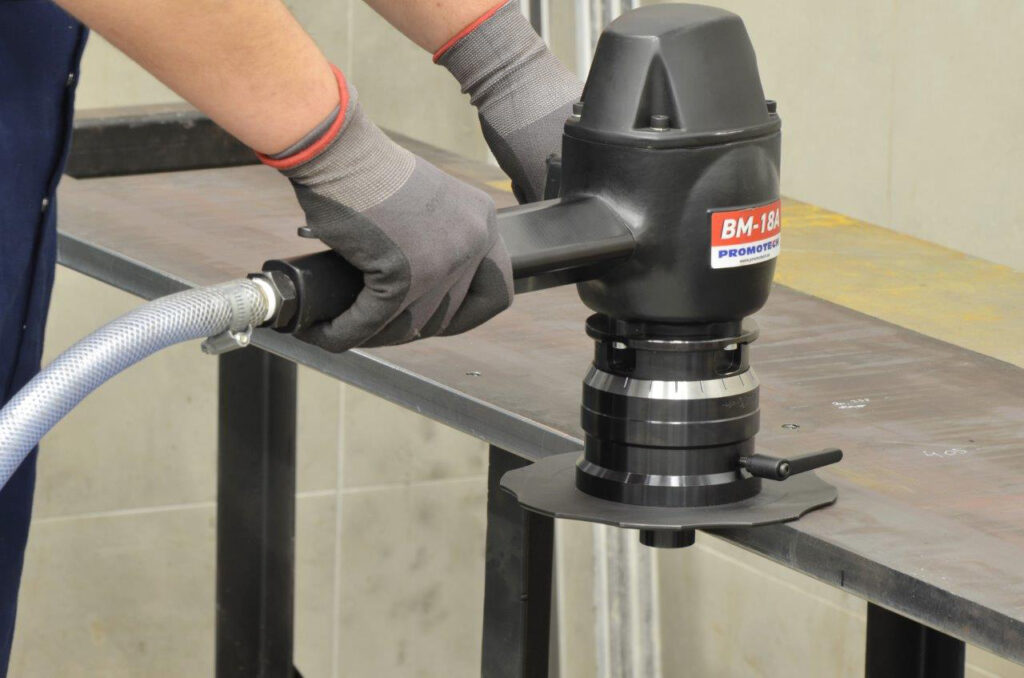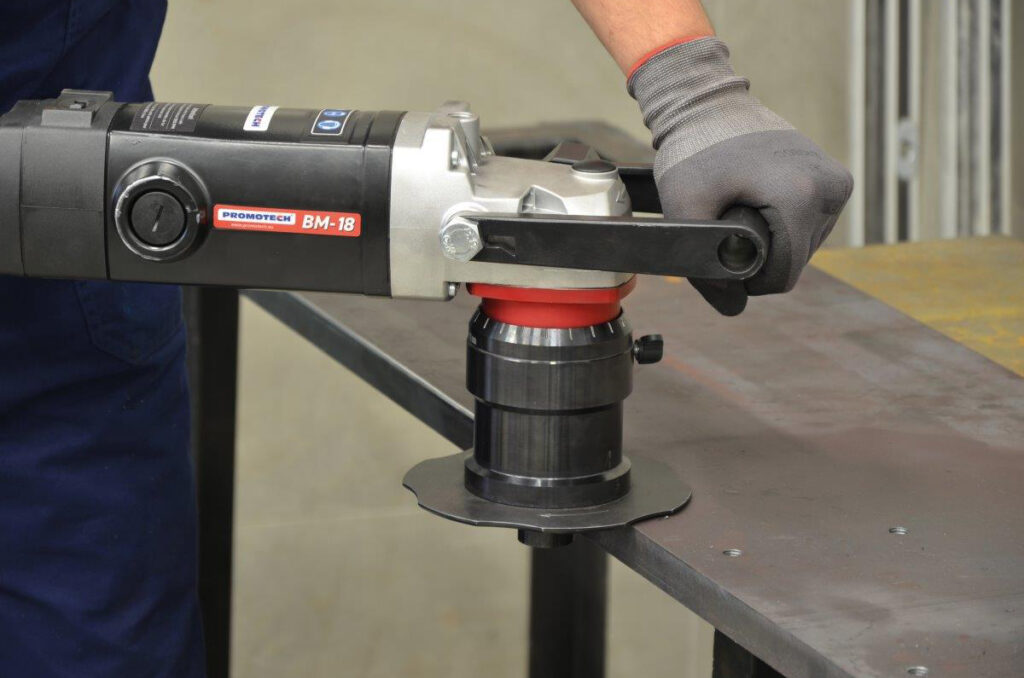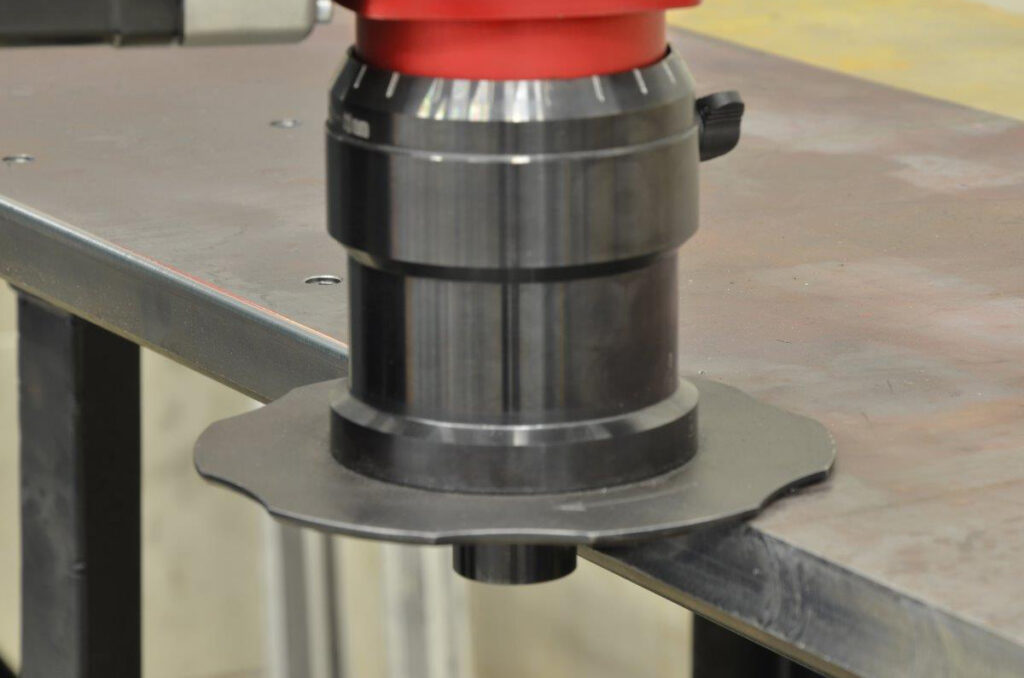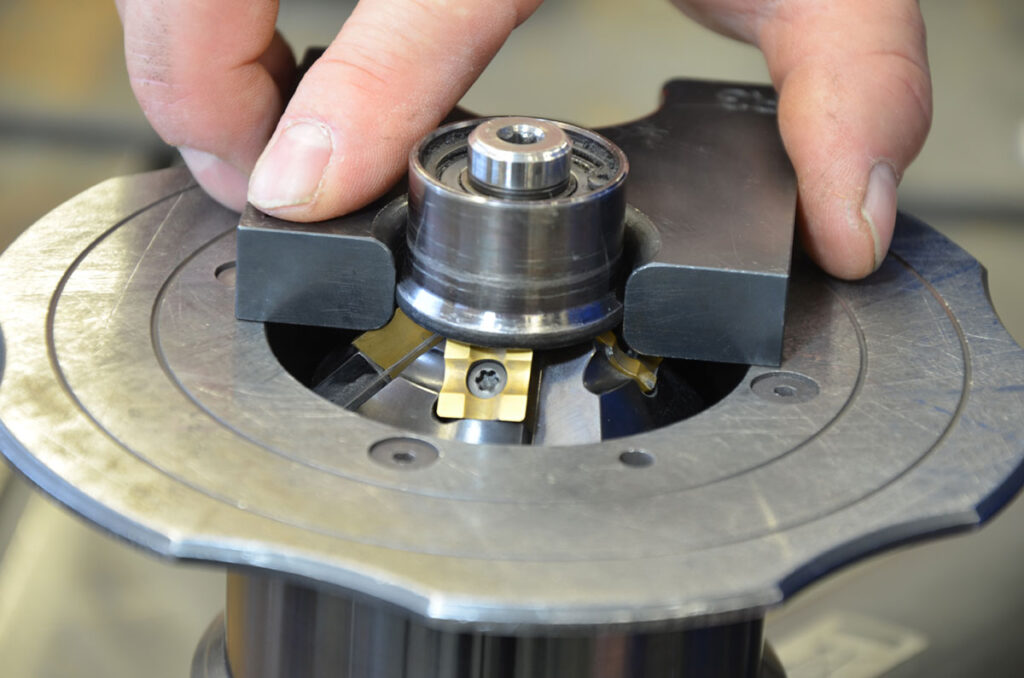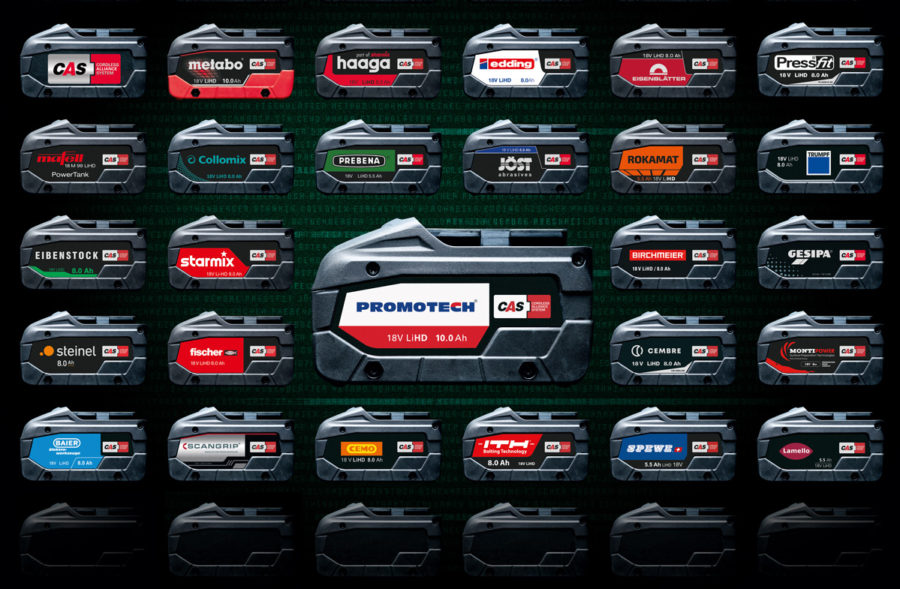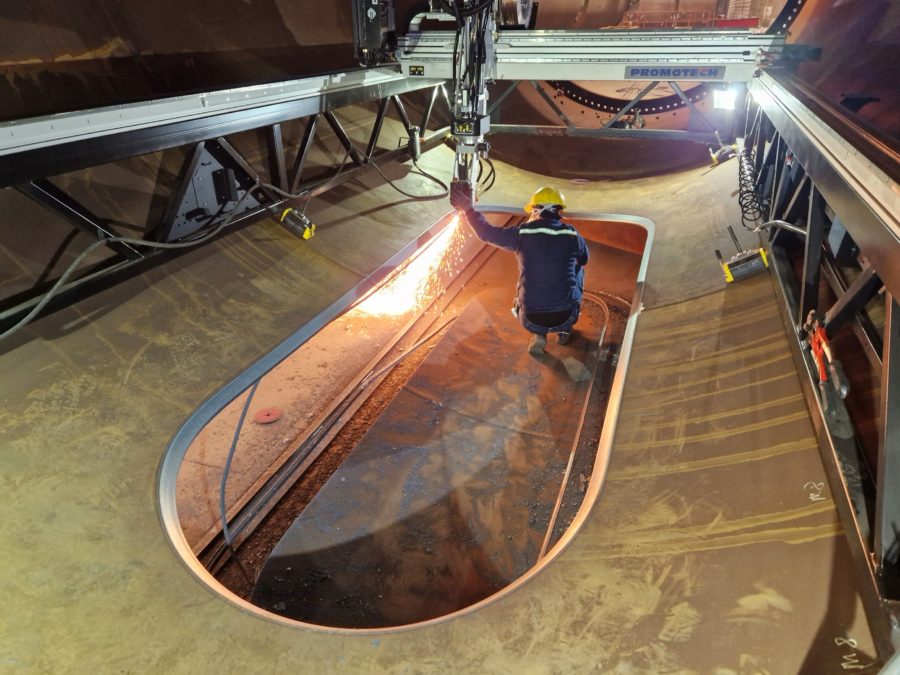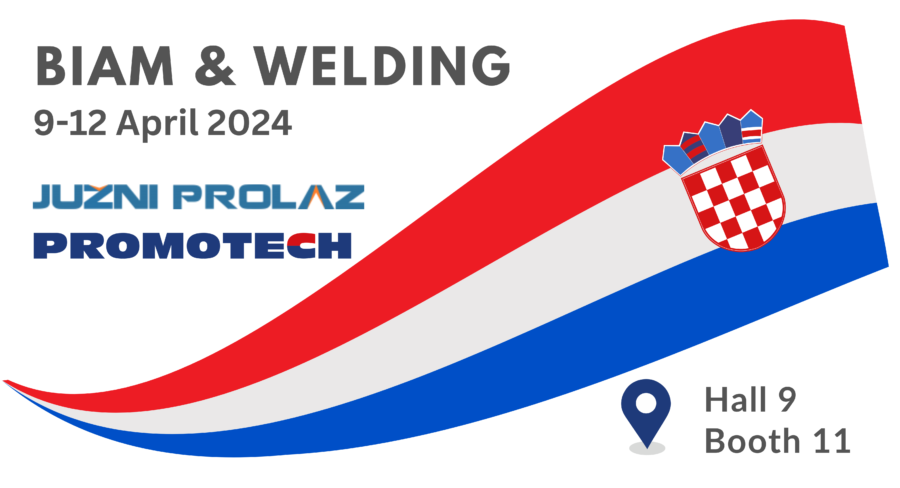Impact of the weather conditions
Steel is one of the most widely used materials in modern industry – mainly because it is versatile, durable, and affordable. Unfortunately, it corrodes easily and that makes its versatility somehow limited.
The reason is that one of the key raw materials of this alloy is iron, which oxidizes due to the impact of the air and the humidity. Surfaces most exposed to rust are those with high porosity. This means that sharp edges and corners of steel elements are most vulnerable to corrosion process.
Corrosion of steel construction
The cost of steel, during the construction process, should be treated as capital expenditure. Ongoing investments are to serve us as long as possible. Therefore risk arising from rust cannot be underestimated. Damage resulting from corrosion affects properties of the steel structures. Accordingly, the proper corrosion protection is an important part of work with metal constructions. Currently, there are two most common ways to prevent rust:
- Application of zinc coating – steel galvanization it’s a process that creates a coating of zinc over the metal’s surface.
- Application of paint coating – painting creates a coating barrier to moisture (which also beautifies metal structures).
Both methods are intended to provide unfailing functioning of steel structure (for a specified period of time). The better durability of coating, the higher price of protection. However investment in protection against corrosion is necessary and can be cost-effective if the whole process is prepared properly.
Definitely, the strongest adhesion of protective layer is when the edges of the steel are rounded and well-covered surface is the best way to prevent rust. Fit for that purpose is a special type of beveling process – metal rounding. In most applications beveling is removing certain volume of metal at required angle along an edge prior to welding. Rounding is removing metal from a sharp edge to create uniform radius. The larger bonding surface for paint and coatings, the lower risk of peeling and corrosion.
Therefore, the first step is the choice of the proper beveling machine.
Choosing right beveling machine
Many different types of chamfering machines, eliminating the flame cutting and grinding procedures, are available on the market these days. They have many specific features and options which allow for various machining operations on plates, tubes or pipes such as beveling, facing-off, “J” prepping, counter boring or cladding. However only a few of beveling machines are especially designed for creating a uniform radius, regardless of whether an R2, R3, R4 or R5 is needed. It is worthwhile to pay special attention to beveller machines with practical one single 45-degree 4 tip cutting head for both V bevels and rounding. Depending on inserts in use they can either do the bevel of the welding seam preparation or create the required size of smooth and consistent rounding in just one pass, saving time and money over conventional grinding methods. Another important advantage that operators appreciate very much is compact design and lightweight of beveling machines that are suited to use also in space restricted areas.
The importance of radius edge bevel
Before application of the coating, alloy surface must be in compliance with technical standards. Current EN 1090 and EN-ISO 12944 Part 2 applications directive demands a soft or radius edge applying to all steel sections before painting, to prevent rust build up on sharp edges. The covered area must be smooth and with no sharp ends – that significantly minimizes corrosion of steel.
The following example illustrates the influence of sharp edges on steel corrosion.
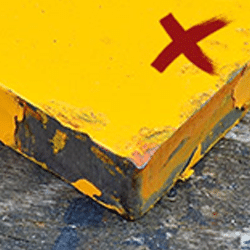
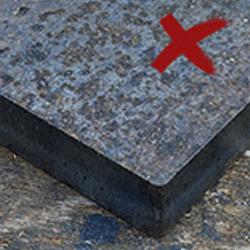
Though the protective layer of steel plate with sharp edges is not protected against rust correctly. Over time the paint starts to flake that resulting in corrosion of the plate. On the other hand, creating a perfect radius on material edges prior to painting has crucial implications on the lifetime of the material cover.
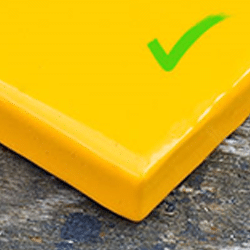
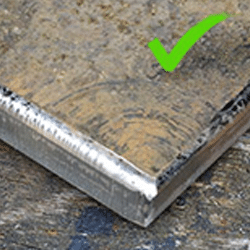
To sum up, creating a uniform radius on material edges before applying the protective coatings has a considerable impact on the strength and durability of the whole metal construction. The rust protection process starts with proper preparation of the bonding surface. Handy, reliable beveler creating perfect rounding eliminates the need for time-consuming finishing. Choose wisely.
